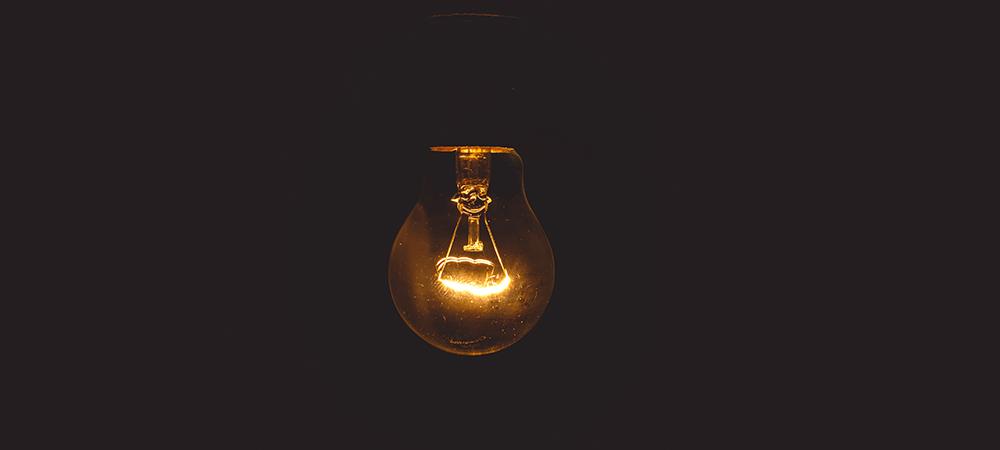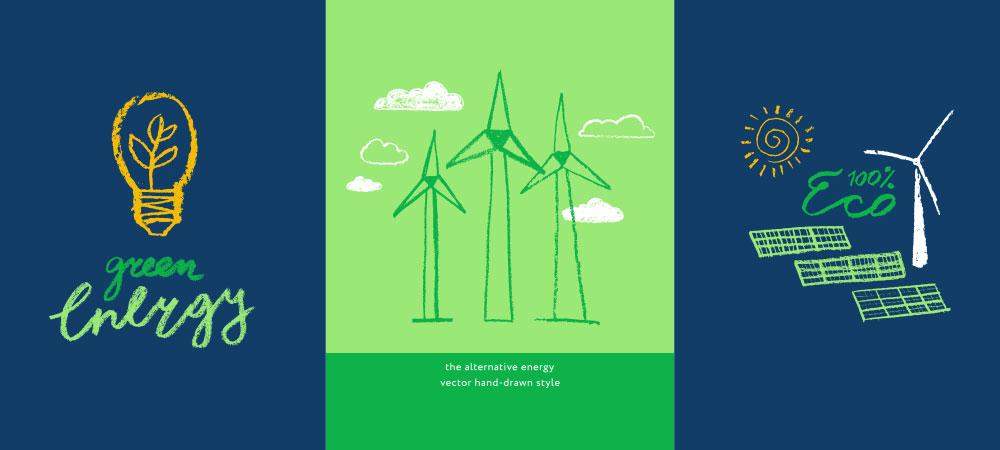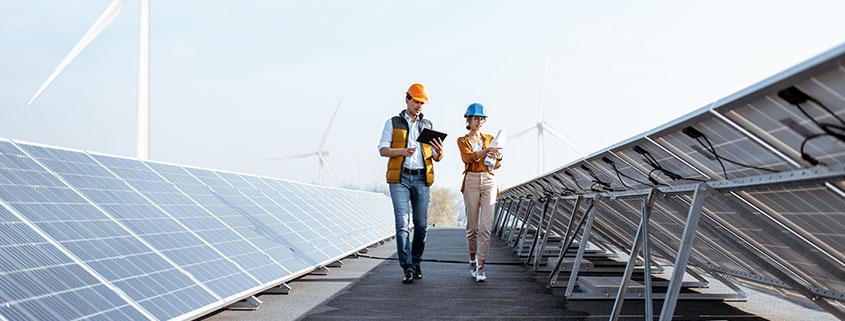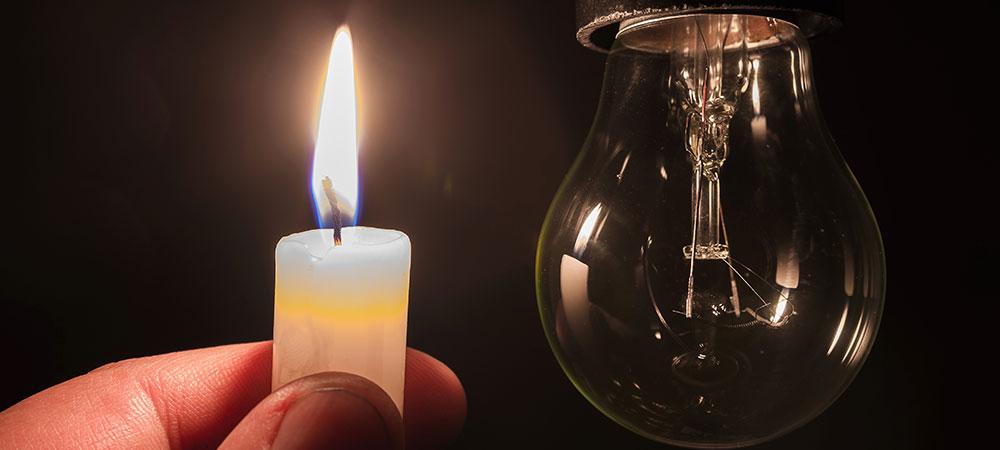Inverters last a lot longer when the back-up battery is in good condition. To ensure you have continuous power during load shedding bouts, it’s important to maintain the battery well. Make sure you stay connected, no matter what Eskom does with these tips.
7 Tips to Help Maintain Your Inverter’s Power
Many homes and businesses are choosing inverters as a backup option. Inverters support your internet and laptop computers. They support your TV and keep a couple of lights on. In this article we will explain how to make your inverter last longer. When you charge your inverter battery it needs to be done correctly. To make your inverter last longer during load shedding, it’s crucial to properly charge the inverter battery and ensure it remains in a healthy and well-maintained state.
Inverter batteries need almost no maintenance. You can keep them in good shape to ensure they last longer with these 8 easy tips.
Consider solar panels for charging your batteries. This will ensure you have continuous power. Solar systems are a lifesaver in a country where the power is unstable. Get the power you need for an extended period from solar systems!
1. Find the Right Battery. Your #1 Important Factor for Longevity.
Correct battery selection will go a long way to keeping your inverter in good shape. Select the best one you can afford. Battery capacity will make a difference in how much power you get. It is your #1 important component of your inverter. The Amp rating capacity is an excellent guide for powering your inverter. The charge inverter battery efficiently converts and stores solar energy for use during cloudy days or at night.
2. Why It’s Important to Place Inverters in a Dry, Ventilated Space
Your inverter should stand in a dry, ventilated, and open space. The reason is inverters placed in a closed space could overheat and rust while its busy to charge the battery.
Inverters produce large amounts of power, causing them to heat while charged. It is imperative they have enough room for the even distribution of this heat. Proper placement will prevent damage.
Keep your inverter out of direct sunlight in a cool dark spot. A larger inverter may need even more space, for example, your garage. Some people choose to install an air conditioner in the room where the inverter is kept to ensure a cool, consistent temperature and environment.
3. Always Keep Your Battery Fully Charged
Keep your battery charged all the time. The inverter should automatically charge the battery.
Allowing the backup power of your inverter to run down altogether reduces longevity. Running your battery down frequently will ruin your battery. This meaning, that you should not let the system discharge your battery completely. Unless your battery like the Dragonfly 100Ah 12V LiFePO4 Battery, that can discharge 100%.
Connecting an inverter to a battery is a fundamental step in setting up a backup power system. To do this, start by identifying the positive and negative terminals on both the inverter and the battery. Typically, these are marked with red for positive and black for negative. Make sure the inverter is turned off before proceeding. Next, securely attach the positive cable from the inverter to the positive terminal of the battery and the negative cable to the negative terminal. Use appropriate connectors and ensure a tight, corrosion-free connection. It’s vital to follow the manufacturer’s guidelines and recommended cable sizes to prevent overheating and ensure safe operation.
Once the connections are secure, you can power on the inverter, and it should be ready to convert DC power from the battery into AC power for your devices and appliances. Always exercise caution when working with electrical components and consider seeking professional assistance if you’re unsure about the installation process. The system should however already be connected correctly, as we just adding this step as additional information.
Lead acid batteries and other battery types can often not handle the full depth of discharge time and again. This means they shouldn’t be used until the battery is at 0%. If you have a lead acid battery, it’s vital to keep it above the 50% charge mark so that it will last longer.
4. How Important is it to Replace Faulty Inverter Batteries?
Are you experiencing a voltage drop? Do you suspect your battery is faulty? Is your backup battery discharging a lot faster? It is time to rethink replacing your home inverter storage setup.
Never use faulty batteries with working batteries to avoid further damage. Instead, you can find the right size battery that will last longer and hold its charge more effectively. If your power consumption is high, you may need to consider a bigger battery size.
5. Why Never Expose Your Inverter to Fire & Smoky Conditions
Ensure you never expose your inverter to fire & smoky conditions. Smoky conditions could damage your device. Smoke and fire could cause sparks that could cause unsafe conditions.
6. Is it Important to Keep Your Batteries Clean and Dust-Free?
Keep your inverter clean. Dust your device daily. Always disconnect your inverter’s back-up battery when cleaning your device.
Prevent any corrosion with a layer of Vaseline. Dust and grime can damage the device over a longer time period.
7. How to Charge Your Inverter’s Battery
Whether you have solar batteries or lithium ion batteries, the way you charge your battery can affect its longevity. Many batteries last longer if they are charged fully after every discharge. A full charge can take longer than is convenient, but it is worthwhile in the long run. It can help your battery handle more discharges in its lifetime and prevent unnecessary damage.
Quick Start Guide – How to charge inverter to battery
Connecting an inverter to a battery is a step-by-step process that requires attention to detail and safety precautions. Below is a video with a sample of connecting a Inverter with a 12V battery.
Here’s a comprehensive guide on how to connect an inverter to a battery:
Materials You’ll Need:
- Inverter
- Deep cycle battery (12V, 24V, or 48V, depending on your system)
- Battery cables (with appropriate length and gauge)
- Cable lugs with terminals
- Wrench or socket set
- Wire stripper/crimping tool
- Safety goggles and gloves
Step 1: Safety Precautions
- Before you begin, ensure that you are in a well-ventilated area, and all electrical devices are turned off.
- Wear safety goggles and gloves to protect yourself from any potential accidents.
Step 2: Identify Battery Terminals
- Locate the positive (+) and negative (-) terminals on the battery. They are typically marked with red (+) and black (-) or are clearly labeled.
- To charge a 12 volt battery for example, you can use a compatible charger or an inverter connected to a suitable power source.
Step 3: Turn Off the Inverter
- Ensure that the inverter is switched off to prevent any electrical accidents during the installation.
Step 4: Determine Cable Length
- Measure the distance between the inverter and the battery to determine the cable length needed. It’s crucial to use appropriately sized cables to minimize power loss and ensure safety.
Step 5: Prepare the Cables
- Strip about an inch of insulation from each end of the battery cables.
- Attach one end of the positive cable (usually red) to the positive terminal of the battery.
- Attach one end of the negative cable (usually black) to the negative terminal of the battery.
Step 6: Connect to the Inverter
- Locate the positive and negative terminals on the inverter. These are often labeled or color-coded.
- Attach the other end of the positive cable to the positive terminal on the inverter.
- Attach the other end of the negative cable to the negative terminal on the inverter.
Step 7: Secure Connections
- Ensure that all cable connections are tight and secure. You can use a wrench or socket set to make sure they are snug but not over-tightened.
Step 8: Insulate Connections
- To prevent accidental short circuits, cover the exposed cable ends and terminals with insulating material such as heat shrink tubing or electrical tape.
Step 9: Check Polarity
- Double-check that the positive cable is connected to the positive terminals and the negative cable to the negative terminals on both the battery and the inverter.
Step 10: Test the Setup
- Turn on the inverter and verify that it is working correctly. You can test it by connecting a small electrical device or appliance to ensure it is receiving power.
Step 11: Secure Cables
- Secure the cables along their route to prevent tripping hazards or accidental damage.
Step 12: Monitor the System
- Regularly monitor the battery voltage and inverter performance to ensure everything is functioning as expected.
Remember that working with electricity can be dangerous, so always exercise caution, follow safety guidelines, and consult the manufacturer’s instructions for your specific inverter model. If you are unsure about any part of the installation process, consider seeking the assistance of a qualified electrician or technician to ensure a safe and successful connection.
Prepare for Extended Outages Using Solar Inverters
We refer to a solar inverter as a PV inverter. The inverter converts the direct current (DC current) of solar panels into AC power. They then feed this power into a commercial electrical grid. This supports off-grid electrical networks.
We adapt solar power inverters for special functions. We use these with photovoltaic arrays. A solar installer can assist in setting up your system at your workplace or home.
The most important electrical component in your PV system is your inverter. Without a solar inverter, the AC power cannot supply the DC power from the batteries or solar system. This helps power your electronic devices.
There Are 4 Main Types of Solar Inverters:
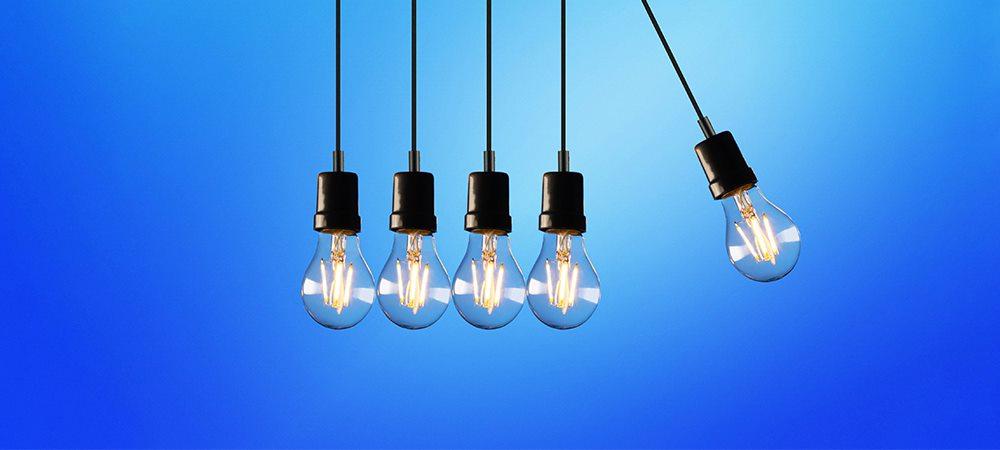
1. Stand-Alone Inverters
We use stand-alone inverters for isolated systems. The inverters draw the DC current from backup batteries. They charge the battery with solar energy.
Stand-alone inverters use battery chargers. They use these to replace energy derived from AC power where necessary.
Most stand-alone inverters operate independently from the utility grid. They don’t need anti-island protection.
2. Grid-Tied Inverters
We use grid-tie inverters with utility-supplied sine waves. They have a safety feature and shut down automatically when we lose grid power.
We do not use grid-tie inverters for back-up power supply during blackouts.
3. Battery Back-Up Inverters
Battery back-up inverters draw energy from batteries. An onboard charger manages the charge from the battery. They export the power to the power grid.
Battery back-up inverters supply AC energy to specific loads. This happens during power outages. Battery back-up inverters need ant-islanding protection for safety purposes.
4. Intelligent Hybrid Inverters
An intelligent hybrid inverter is a solar power inverter connected to battery storage. Your intelligent hybrid inverter will manage your battery storage, photovoltaic array, and utility grid. They are all connected directly to the unit.
Intelligent hybrid inverters are versatile. You can use them in grid-tied, back-up, and stand-alone configurations.
Find Out More About Inverters and How to Make Your Inverter Last Longer
In summary, inverters play a crucial role in many households and businesses during load shedding events. As they provide backup power by converting stored electricity from batteries into usable AC power.
Here are some additional considerations specific to using inverters during load shedding and how to make your inverter last longer in such situations:
1. Choose an Inverter with Sufficient Capacity:
When selecting an inverter for load shedding backup, make sure it has the capacity to handle the essential appliances and devices you need to power during outages. An undersized inverter may struggle to meet your power requirements, potentially leading to overheating and reduced lifespan.
2. Proper Battery Maintenance:
In a load shedding setup, batteries are integral components. Ensure your batteries are of good quality, properly maintained, and regularly checked for voltage levels, water levels (if applicable), and signs of wear. Well-maintained batteries contribute to the overall longevity of your inverter system.
3. Scheduled Load Shedding Tests:
Periodically, conduct load shedding simulation tests to ensure that your inverter and battery system is functioning correctly. Make sure the unit is charge the battery bank when the unit is on Eskom. Then once you flip the main switch to off, the system should kick in and sustain your appliances that you calculated to be on backup power. These tests help identify any potential issues and ensure that your backup power system is ready when needed.
4. Conservation of Energy:
During load shedding, limit the number of appliances and lights you run simultaneously to reduce the load on the inverter and batteries. This not only prolongs the backup power available but also puts less stress on the inverter, potentially extending its lifespan.
5. Proper Ventilation:
Adequate ventilation is essential, especially when load shedding may result in longer run times for the inverter. Ensure that the inverter and battery storage area is well-ventilated to prevent overheating, which can significantly reduce the inverter’s life.
6. Invest in Surge Protection:
Load shedding events can sometimes result in power surges when the electricity is restored. Installing surge protectors between your inverter and critical appliances can safeguard them from voltage spikes, enhancing the overall durability of your system.
7. Use High-Quality Components:
Opt for high-quality components, including cables, connectors, and switches, to ensure the reliability and longevity of your load shedding backup system. Poor-quality components can lead to inefficiencies and premature wear and tear.
8. Scheduled Maintenance:
Arrange for regular maintenance of your inverter system by a qualified technician who can inspect, clean, and test the equipment. Routine maintenance can identify potential issues and help address them before they become more significant problems.
9. Battery Replacement:
Batteries typically have a limited lifespan. Keep track of the age of your batteries and be prepared to replace them when they reach the end of their useful life to maintain the overall performance of your inverter system. Once you replaced them the system will charge your battery automatically. To make solar batteries last longer, ensure proper maintenance and management of the batteries connected to your solar panel system. To extend the lifespan of your inverter during load shedding, it’s essential to secure and insulate the wires from the inverter to prevent any potential damage or electrical hazards.
10. Consult Manufacturer Guidelines:
Follow the manufacturer’s guidelines and recommendations for operating your inverter during load shedding. They may provide specific instructions for optimizing its performance and longevity in such conditions.
By taking these precautions and implementing good practices, you can ensure that your inverter system remains reliable and lasts longer, providing essential backup power during load shedding events. Proper care and maintenance are essential to maximize the lifespan and efficiency of your inverter system in these challenging circumstances.
Virtual Sense is here to answer all those your inverter questions. As load-shedding gains momentum, we rely on back-up systems. Energy storage and solar systems are here to keep your lights and systems functioning.
As South Africa faces more and more power challenges, the need to become smarter is clear. Get to know ways to make your inverter last longer because load-shedding is here to stay.

